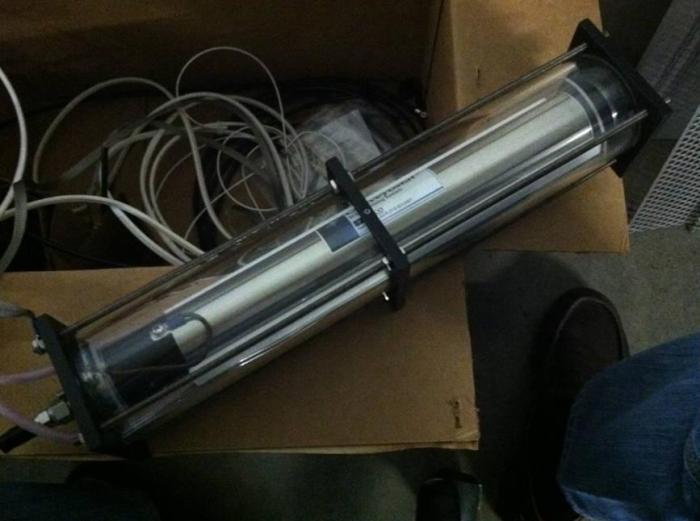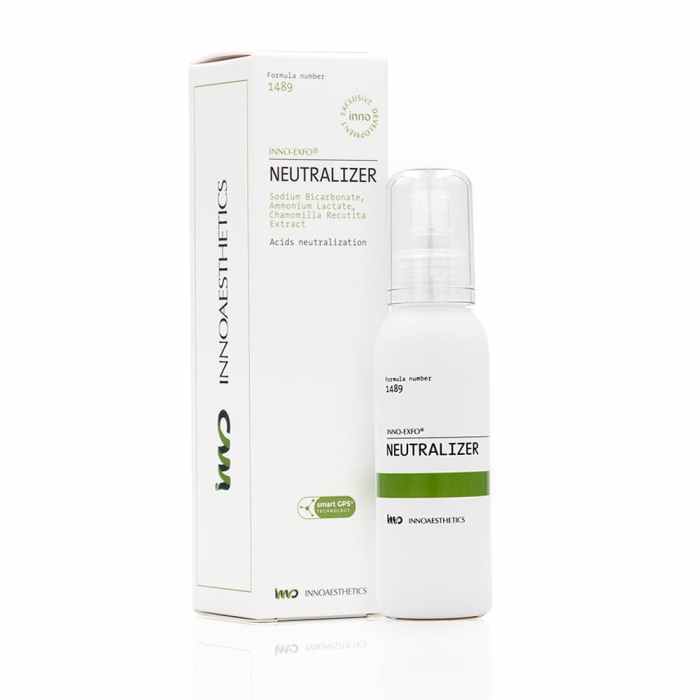What neutralizer is typically used with thio relaxers – In the realm of hair care, understanding the intricacies of thio relaxers and their compatible neutralizers is paramount. This guide delves into the types, selection criteria, application techniques, troubleshooting, and safety considerations associated with neutralizers for thio relaxers, providing a comprehensive overview for professionals and individuals seeking to achieve optimal hair care results.
1. Types of Neutralizers

Neutralizers for thio relaxers come in various forms, each with unique properties and benefits. The main types include:
- Water-based neutralizers:These are the most common type and are typically made with water, a surfactant, and a pH adjuster. They are easy to apply and rinse out, but may not be as effective on coarse or resistant hair.
- Cream-based neutralizers:These are thicker and richer than water-based neutralizers and contain additional conditioning agents. They are ideal for coarse or resistant hair, as they provide extra moisture and protection.
- Oil-based neutralizers:These are the least common type and are made with a blend of oils and a pH adjuster. They are highly moisturizing and can help to prevent hair breakage, but can be more difficult to apply and rinse out.
The table below compares the properties and benefits of each type of neutralizer:
| Type | Properties | Benefits |
|---|---|---|
| Water-based | Easy to apply and rinse out | Less effective on coarse or resistant hair |
| Cream-based | Thicker, richer, and more moisturizing | Ideal for coarse or resistant hair |
| Oil-based | Highly moisturizing and prevents breakage | Difficult to apply and rinse out |
2. Selection Criteria for Neutralizers

When selecting a neutralizer for thio relaxers, several factors should be considered:
- Hair type and texture:Fine, damaged, or chemically treated hair requires a milder neutralizer, while coarse or resistant hair can handle a stronger one.
- Desired results:If you want a more intense straightening effect, a stronger neutralizer may be necessary. However, if you prefer a more natural look, a milder neutralizer is recommended.
- Ingredients:Some neutralizers contain additional ingredients, such as conditioners or proteins, that can benefit hair. Consider your hair’s specific needs when choosing a neutralizer.
- After applying the relaxer, rinse your hair thoroughly with water.
- Apply the neutralizer evenly to your hair, working from the roots to the ends.
- Massage the neutralizer into your hair for 5-10 minutes, or as directed by the manufacturer.
- Rinse your hair thoroughly with water again.
- Condition your hair as usual.
- Hair breakage:This can occur if the neutralizer is too strong or if it is left on for too long. To prevent breakage, use a milder neutralizer and follow the manufacturer’s instructions carefully.
- Scalp irritation:Some neutralizers can cause scalp irritation, especially if they contain harsh chemicals. To avoid irritation, use a neutralizer that is designed for sensitive skin.
- Discoloration:Neutralizers can sometimes cause hair to become discolored, especially if it is bleached or dyed. To prevent discoloration, use a neutralizer that is specifically designed for color-treated hair.
- Always read and follow the manufacturer’s instructions carefully.
- Wear gloves when applying the neutralizer.
- Avoid contact with eyes and skin.
- If you experience any irritation or discomfort, discontinue use and consult a healthcare professional.
3. Application Techniques

To apply a neutralizer with a thio relaxer, follow these steps:
4. Troubleshooting Common Issues
Some common issues that may arise when using neutralizers with thio relaxers include:
5. Safety Considerations: What Neutralizer Is Typically Used With Thio Relaxers
When using neutralizers with thio relaxers, it is important to take the following safety precautions:
Questions Often Asked
What is the purpose of using a neutralizer with thio relaxers?
Neutralizers are crucial for stopping the chemical reaction of thio relaxers and restoring the hair’s pH balance. This prevents over-processing, damage, and breakage.
How do I choose the right neutralizer for my hair type?
Consider your hair’s porosity, texture, and desired results. For example, low-porosity hair may require a stronger neutralizer, while high-porosity hair may benefit from a milder formula.
Can I use any type of neutralizer with thio relaxers?
No, it is essential to use a neutralizer specifically formulated for thio relaxers. Using an incompatible neutralizer can lead to ineffective results or even hair damage.